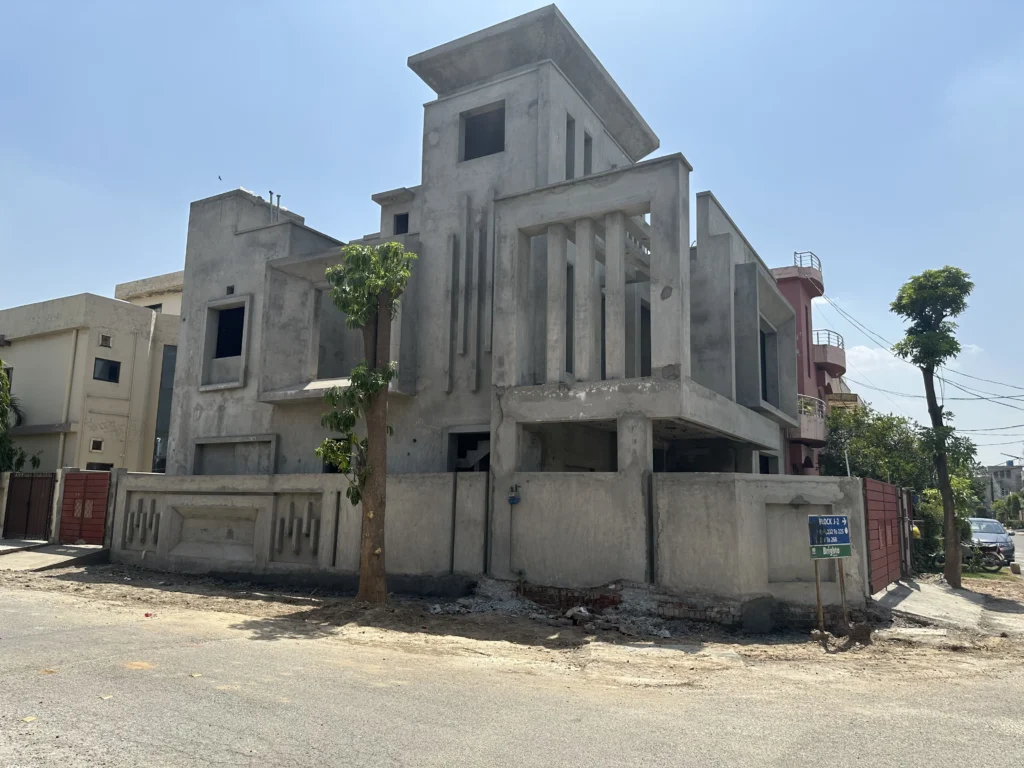How To Clean Textured Plaster Walls?
How To Clean Textured Plaster Walls?
Textured plaster walls add a lot of personality to any room. But, they can also attract dust, dirt, and grease more easily than flat surfaces. With all the grooves and bumps, cleaning them can feel like a hassle. But don’t stress! It’s easier than it sounds. With just a few simple steps, you can keep your textured plaster walls looking fresh and spotless, without ruining their unique charm.
Don’t fret about it, let’s dive in and get your walls looking great again!
Why Clean Textured Plaster Walls Regularly?
Textured plaster walls are beautiful, but their unique surface can also trap a lot of dust, dirt, and even grease, especially in high-traffic areas like kitchens, or moisture in bathrooms. Uncleaned accumulation on walls produces dullness in appearance which can also negatively impact home air quality.
Regular cleaning maintains both a fresh vibrant appearance and preserves your plaster walls’ structural integrity. Regular cleaning eliminates stubborn stains which keeps your space both clean and welcoming. Cleaning your textured walls remains an uncomplicated task that helps maintain their pleasant appearance.
Things You’ll Need
Before you begin, gather the following tools:
- Soft-bristle brush or feather duster
- Vacuum cleaner with a brush attachment
- Microfiber cloths
- Sponge
- Bucket of warm water
- Mild dish soap or gentle cleaning solution
- White vinegar (for tough stains)
- Towels for drying
- Painter’s tape and plastic sheets (optional, for protecting floors and furniture)

Step-by-Step Cleaning Process
Step 1: Dust the Walls
Start by removing loose dust and dirt:
- Use a soft-bristle brush or feather duster to gently sweep over the surface and dislodge any dust. Be gentle to avoid damaging the texture.
- Vacuum with the brush attachment for those tricky corners and higher areas. This is great for getting into the crevices of textured walls.
Step 2: Wipe with a Dry Cloth
Walls need cleaning supplies before you should start wetting them. Perform cobweb removal and dust the wall before it gets wet. A vacuum cleaner with a brush attachment should be used to clean loose dirt but electric air blowers function as alternatives to vacuum cleaners.
Begin wall cleaning by brushing all surfaces with a special attention to heavily soiled spots unless possessing a handheld duster. Loft yourself up on a step stool to reach all difficult-to-access wall areas.
You need to vacuum or dust the entire wall surface before getting started because wetting the wall will cause dust particles to stick tightly making cleaning more challenging.
Step 3: Prepare the Cleaning Solution
Begin by filling a bucket with warm water plus several drops of a soft dish soap solution. Make a homemade cleaning solution by combining three parts water with one part white vinegar to handle kitchen-type grease. Stir the solution well.
Step 4: Spot Test the Cleaner
When cleaning walls always use a mild chemical as more powerful solutions may behave unpredictably. A small test should be performed to see if the cleaning solution causes any staining to the wall’s surface. Work with a nylon cloth dipped in cleaning solution by touching it against the wall before cleaning with an additional dampened rag. Start wall cleaning only when you observe no discoloration marks. The implementation of this method provides both safety and cleaning efficiency.
Step 5: Clean the Walls Gently
Use a sponge that is saturated with cleaning solution through water removal to treat the wall before light scrubbing separate areas. Clean along the wall texture in circles keeping its shape intact. Wear protective gloves then wash the sponge with water before using it to wipe the wall clean of soapy residue.
Step 6: Dry the Walls
Wipe down walls by using a dry towel to absorb extra moisture. Rapid drying of walls becomes possible when you let fresh air pass through open windows or turn on a fan in humid environments.
For textured surface walls operate with the previous approaches until the entire project is finished. Walls need to dry naturally while a ceiling fan may speed up the process. Wash your fans first because the remaining dust may stain your wall. The deep cleaning checklist enables you to handle housework while breaking down cleaning misconceptions and delivering accurate cleaning practices.
Step 7: Tackle Tough Stains
- Baking soda paste and vinegar solution used for prolonged stain exposure.
- Apply substance, work gently, wash out.
- Recycling baking soda and water creates paste.
- Allow stains to rest before scrubbing and rinsing.
Cleaning Tips for Maintaining Textured Plaster Walls
- Regular dusting to prevent buildup, especially in high-traffic areas.
- Protecting nearby surfaces with painter’s tape and plastic sheets.
- Avoiding harsh chemicals to prevent plaster damage.
- Testing cleaning solutions on hidden areas before application.
- Carefully using a damp Magic Eraser for tough stains.
To wrap it up, cleaning textured plaster walls doesn’t have to be tough. A little effort and the right approach will keep them looking great. And if you’re thinking about making bigger changes to your space, RSM Home and Developers can help. With our expertise in creating stunning interiors, including our interior designer services, we can turn your ideas into reality and ensure your home looks amazing, from the walls to everything else. Let us take care of the details so you can enjoy a space you’ll love.

Frequently Asked Questions
What is the best cleaner for flat painted walls?
• Use a gentle soap solution, soft cloth/spread.
• Spot test in inconspicuous areas.
• Avoid harsh chemicals.
• Mix warm water with dish soap.
• Avoid abrasive cleaners or strong chemicals.
How to clean flat paint textured walls
To maintain textured walls without damaging the finish, dust them with a soft microfiber cloth. Create a gentle cleaning solution using warm water and mild dish soap, test on a small area before cleaning the entire wall. Use a soft sponge to gently wipe the wall, then rinse and dry.
Can I use magic erasers or harsh cleaners on flat painted walls?
It’s not recommended to use magic erasers or harsh chemicals on flat painted walls, as they can strip the paint or leave shiny spots. Instead, opt for gentle cleaning solutions and test on a small, inconspicuous area before cleaning larger sections.
